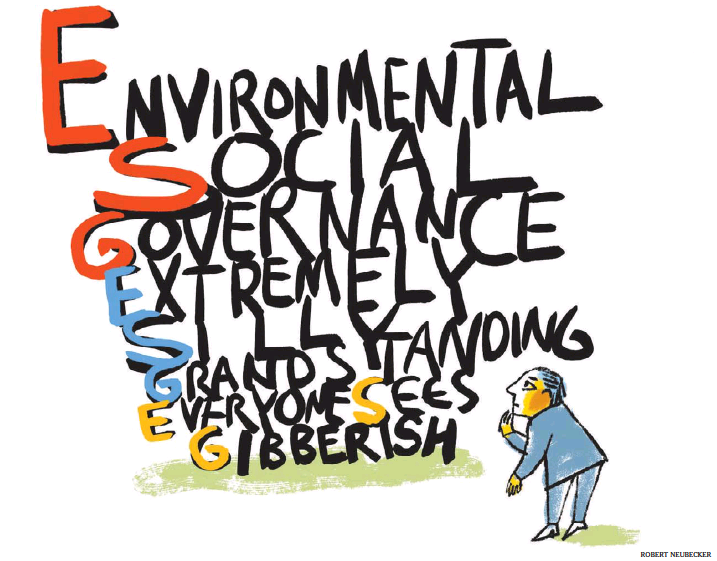(p. A1) Plans to install 3,000 acres of solar panels in Kentucky and Virginia are delayed for years. Wind farms in Minnesota and North Dakota have been abruptly canceled. And programs to encourage Massachusetts and Maine residents to adopt solar power are faltering.
The energy transition poised for takeoff in the United States amid record investment in wind, solar and other low-carbon technologies is facing a serious obstacle: The volume of projects has overwhelmed the nation’s antiquated systems to connect new sources of electricity to homes and businesses.
So many projects are trying to squeeze through the approval process that delays can drag on for years, leaving some developers to throw up their hands and walk away.
More than 8,100 energy projects — the vast majority of them wind, solar and batteries — were waiting for permission to connect to electric grids at the end of 2021, up from 5,600 the year before, jamming the system known as interconnection.
. . .
(p. A15) It now takes roughly four years, on average, for developers to get approval, double the time it took a decade ago.
And when companies finally get their projects reviewed, they often face another hurdle: the local grid is at capacity, and they are required to spend much more than they planned for new transmission lines and other upgrades.
. . .
Electricity production generates roughly one-quarter of the greenhouse gases produced by the United States; cleaning it up is key to President Biden’s plan to fight global warming. The landmark climate bill he signed last year provides $370 billion in subsidies to help make low-carbon energy technologies — like wind, solar, nuclear or batteries — cheaper than fossil fuels.
But the law does little to address many practical barriers to building clean energy projects, such as permitting holdups, local opposition or transmission constraints. Unless those obstacles get resolved, experts say, there’s a risk that billions in federal subsidies won’t translate into the deep emissions cuts envisioned by lawmakers.
. . .
Delays can upend the business models of renewable energy developers. As time ticks by, rising materials costs can erode a project’s viability. Options to buy land expire. Potential customers lose interest.
. . .
When a proposed energy project drops out of the queue, the grid operator often has to redo studies for other pending projects and shift costs to other developers, which can trigger more cancellations and delays.
It also creates perverse incentives, experts said. Some developers will submit multiple proposals for wind and solar farms at different locations without intending to build them all. Instead, they hope that one of their proposals will come after another developer who has to pay for major network upgrades. The rise of this sort of speculative bidding has further jammed up the queue.
“Imagine if we paid for highways this way,” said Rob Gramlich, president of the consulting group Grid Strategies. “If a highway is fully congested, the next car that gets on has to pay for a whole lane expansion. When that driver sees the bill, they drop off. Or, if they do pay for it themselves, everyone else gets to use that infrastructure. It doesn’t make any sense.”
. . .
Massachusetts and Maine offer a warning, said David Gahl, executive director of the Solar and Storage Industries Institute. In both states, lawmakers offered hefty incentives for small-scale solar installations. Investors poured money in, but within months, grid managers were overwhelmed, delaying hundreds of projects.
“There’s a lesson there,” Mr. Gahl said. “You can pass big, ambitious climate laws, but if you don’t pay attention to details like interconnection rules, you can quickly run into trouble.”
(Note: the online version of the story was updated Feb. 28, 2023, and has the title “The U.S. Has Billions for Wind and Solar Projects. Good Luck Plugging Them In.”)


